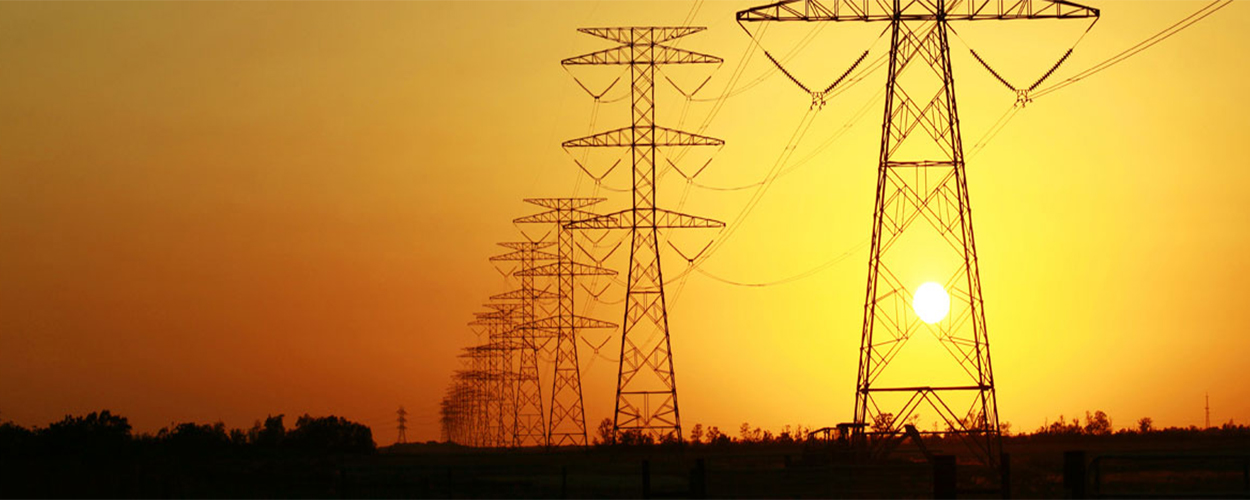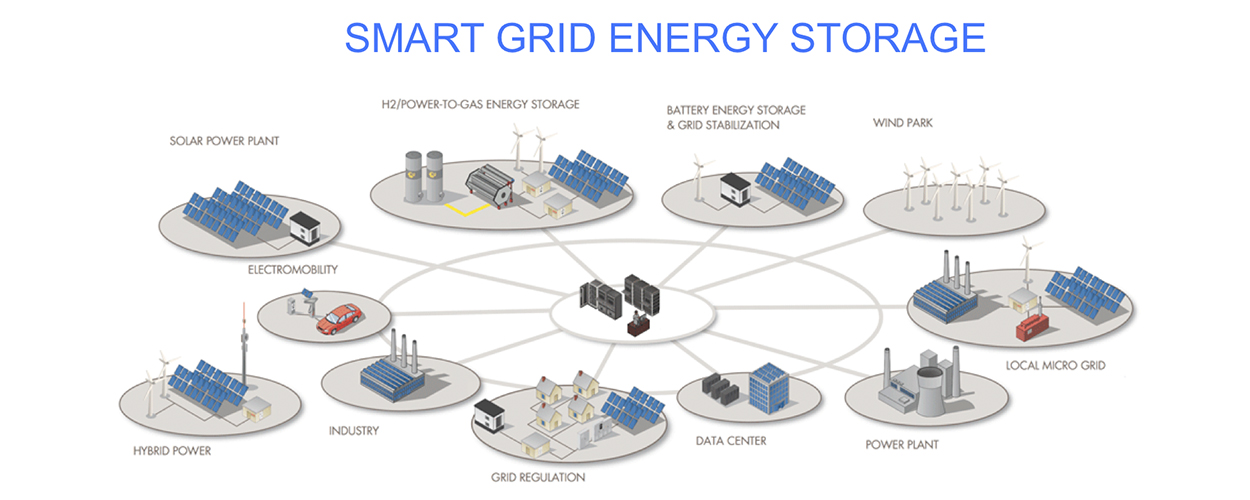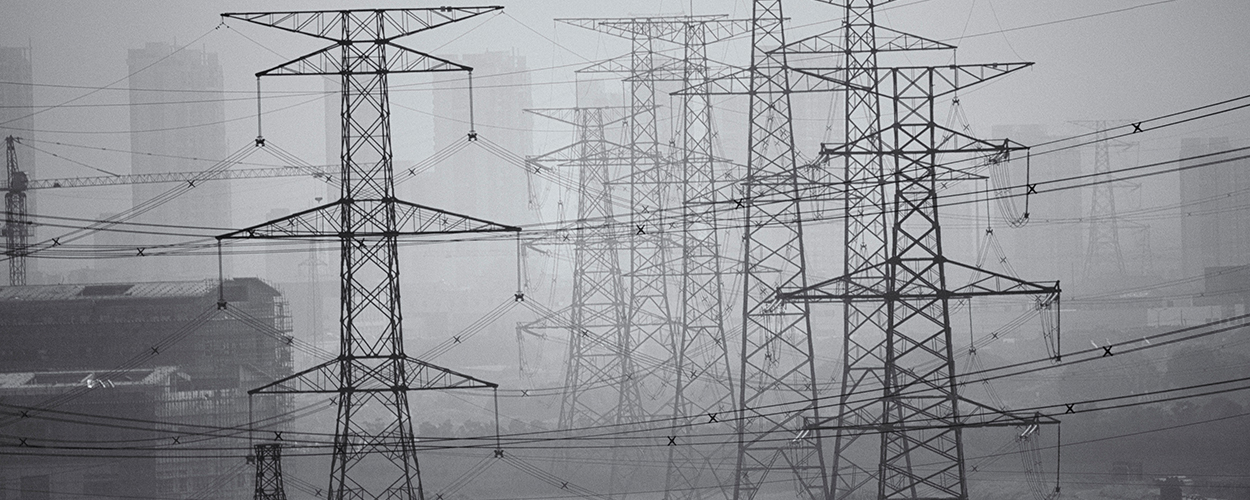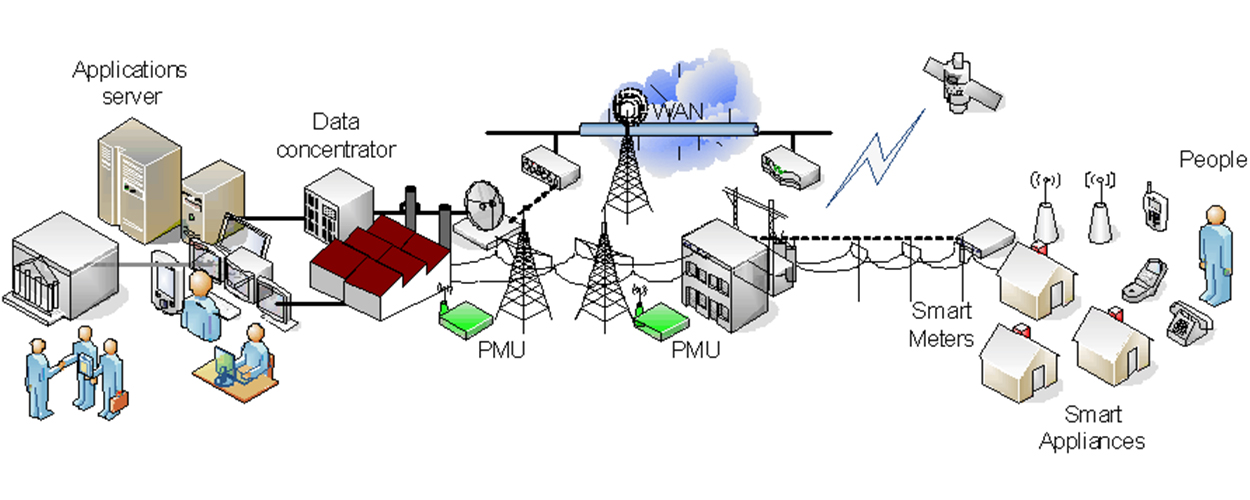The advent of urbanization in India has increased the consumption of Electricity by many folds and the demand for the same has been amplified due to growing population and availability of verity of electrical/electronic gadgets, the Government’s Initiative of Smart CITY. The push given by the Government to provide electricity to each and every household of the country will consequently increase the demand for it.
To manage this huge surge in the demand there is a need to effectively and efficiently manage the transmission of Electricity, and to achieve this DISCOMS (Power Distribution companies) are migrating from legacy systems to the SMART GRID Technology.
The SMART GRID technology has proved to be highly effective in efficiently transmitting electricity. This further helps DISCOMS in reduction of Electricity lost due to traditional way of transmission which in turn has also helped them reduce the loss due to Electricity theft by installing SMART ENERGY METERS.
These Smart Energy Meters are equipped with advanced wireless technology and digital electronics which use Internet of the Thing (IOT). These devices are capable of sensing, computation and communicating. These devices generally are composed of low power radios, several smart sensors and embedded CPUs (Central Processing Units). These devices are then used to form wireless sensor network (WSN) which is necessary to provide sensing services and real time communication to the cloud for computing.
As more and more DISCOMS are migrating to the SMART GRID Technology, the demand for SMART ENERGY METERS has also increased. Smart ENERGY METERS communicate with SMART GRID via CLOUD.
Connectivity between SMART ENERGY METER and cloud is done using the latest IPv6 platforms which are more reliable and secured. Communication between the device and the cloud shall be secured using the latest encryption technology for data security.
Keeping in line with the demand, we at SMART M TECHNOVATIONS have developed the Most Advanced SMART ENERGY METERS / SMART BI-DIRECTIONAL METER using Wi-Fi / LoRa / ND-IOT Interface for Communication.







